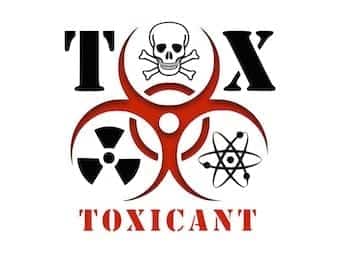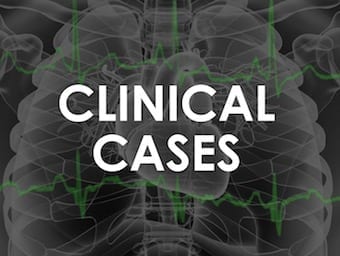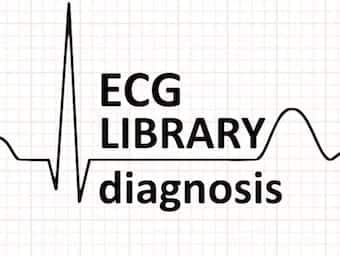
Organochlorines
Chlorinated pesticides are widely used in agriculture but the most common source or organochlorines is Lindane, used for the treatment of head lice. Acute ingestion or repeated large dermal expose causes neurological toxicity which can lead to seizures and a coma.





